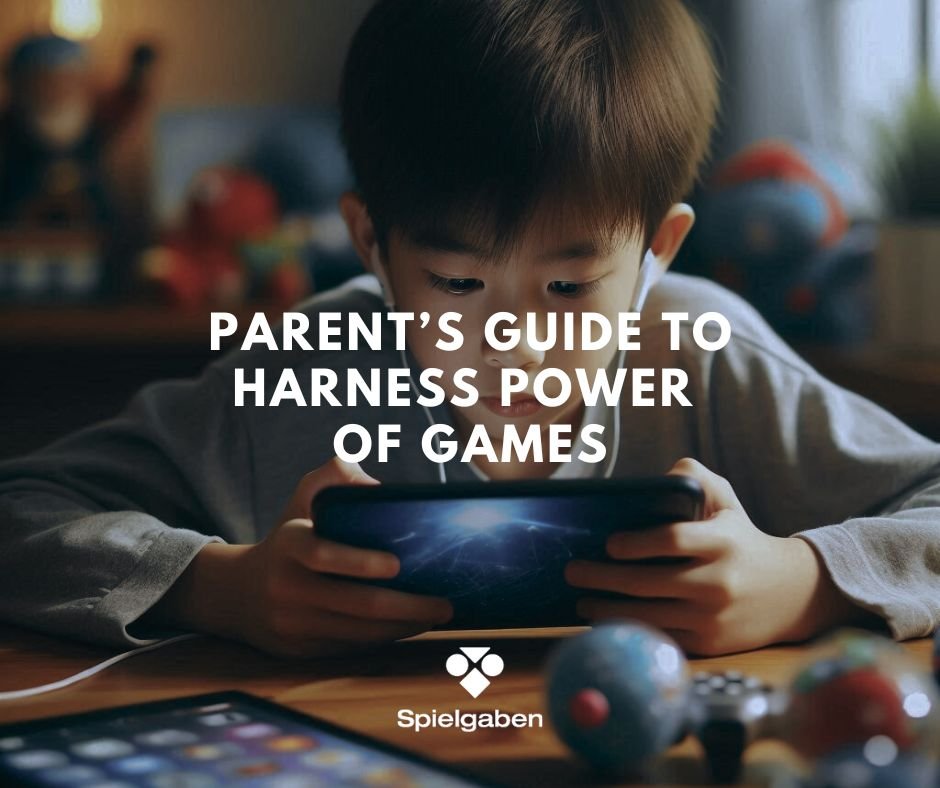Embrace Boredom for your child’s benefit
When was the last time your child came up with a truly great idea? Was it while they were playing a video game, watching TV, or scrolling through their smartphone? Probably not. Like many adults, children often find their most creative and innovative thoughts come to them when they are bored – whether during a long car ride or a lazy afternoon without scheduled activities. Boredom can actually be a powerful tool for boosting creativity and development. This article explores why unplugging and embracing boredom is beneficial for your children and offers practical tips on how to implement this in everyday life.
The Creative Power of Boredom
Consider a typical Sunday afternoon with no internet, no phone, and no books to read. This might sound like a nightmare of boredom, but it can actually be a goldmine for creativity. Our brains need downtime to switch from the focused executive attention network to the more relaxed and free-flowing default mode network. This shift allows our minds to wander, revisit old memories, reflect on the present, and dream about the future. It’s during these moments that our brains make unexpected connections, leading to creative insights.
A study at the University of Virginia illustrates our aversion to boredom. Participants were left alone with their thoughts and a button that delivered mild electric shocks. Surprisingly, many preferred the shocks to the discomfort of boredom. However, it’s in these unengaged moments that our brains become most fertile for creativity and problem-solving.
The Impact of Technology on Our Child’s Minds
In our modern world, technology is omnipresent. A walk down the street reveals countless people absorbed in their devices. While smartphones and tablets offer convenience, they also change how we think and process information. Pre-internet, people read linearly, engaging deeply with texts. Today, our reading habits are nonlinear – we scroll, skim, and jump from link to link, diminishing our ability to engage with long-form content.
Anne Mangen from the University of Stavanger found that people who read on screens have poorer comprehension compared to those reading physical books. Similarly, digital photography affects our memory. Linda Henkel’s study at Fairfield University showed that people remember details better when they observe objects rather than photographing them. These findings suggest that our reliance on technology can impede our cognitive functions and memory.
Benefits of Unplugging
Disconnecting from technology offers numerous benefits. For one, it fosters genuine connections with others. A Virginia Tech study found that conversations were more empathetic without mobile devices present. Laura Norén, an NYU professor, noticed improved engagement and discussion in her classes after banning laptops, as students retained more information from handwritten notes.
Taking breaks from technology is akin to taking breaks from work. Boston Consulting Group (BCG) found that implementing a no-work day midweek for their consultants significantly improved their well-being and teamwork. This shows that structured breaks can lead to personal recovery and enhanced productivity not only for children but adults and parents, too.
Practical Tips for Implementing Unplugging and Embracing Boredom
1. Set Specific Tech-Free Times: Designate certain hours of the day, like during meals or before bedtime, as tech-free zones. Use this time for family activities, reading, or simply unwinding.
2. Encourage Outdoor Play: Nature offers endless opportunities for imagination and creativity. Encourage your children to spend time outside, whether it’s in your backyard, a park, or on a hike.
3. Create a Boredom Jar: Fill a jar with slips of paper containing various activities and ideas. When your child complains of boredom, have them draw a slip and engage in the suggested activity, like drawing, reading, or building something.
4. Do Hands-on Activities Together: Children often mimic their parents’ behaviors. Show them the value of unplugging by limiting your own screen time and engaging in non-digital activities and do hands-on activities together to develop good family time without digital devices. Wooden Blocks and Construction Tools are great way to play together and also develop child’s hands-eye coordination, fine motor skills and creativity.
5. Promote Hobbies and Interests: Encourage your child to explore hobbies that don’t involve screens. This could include sports, arts and crafts, music, or cooking.
6. Plan Family Outings: Regular family outings, such as visits to museums, hiking trails, or even just a day at the beach, can provide a break from technology and create lasting memories.
7. Implement Tech-Free Bedrooms: Keep bedrooms as technology-free zones to promote better sleep and encourage reading or relaxing activities before bed.
Final Thoughts
Unplugging and embracing boredom might seem challenging in today’s tech-driven world, but the benefits for your children’s creativity, memory, and overall well-being are immense. By making conscious efforts to reduce screen time and encourage more offline activities, you can help your children develop into well-rounded, imaginative, and empathetic individuals. Remember, the key is balance – finding the right mix of technology and unplugged time to foster growth and creativity in your child’s everyday life.













LEAVE A COMMENT